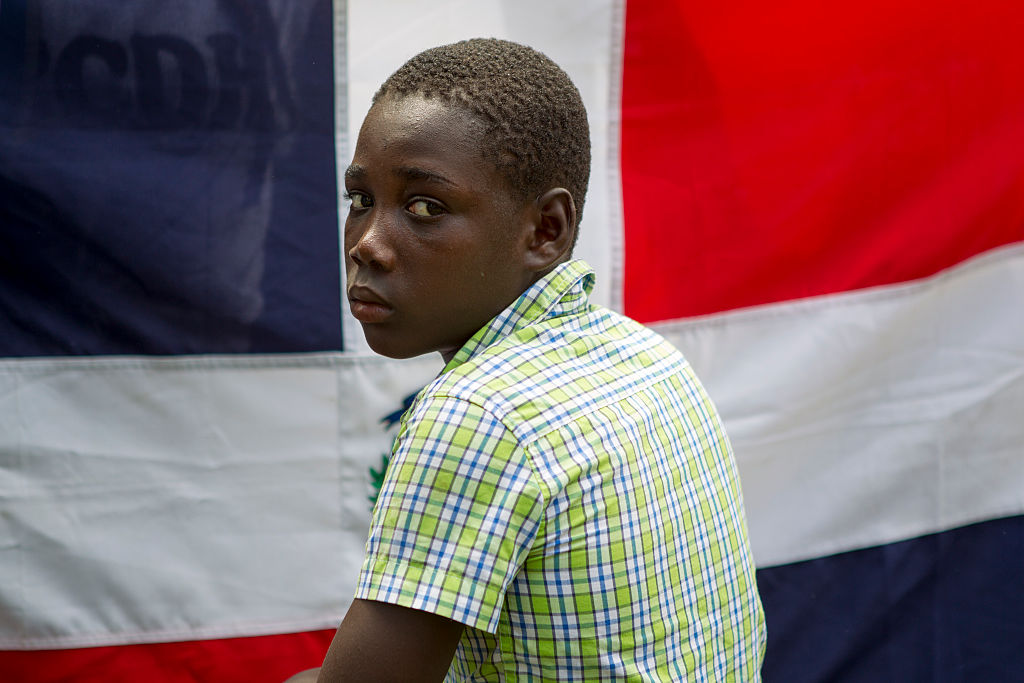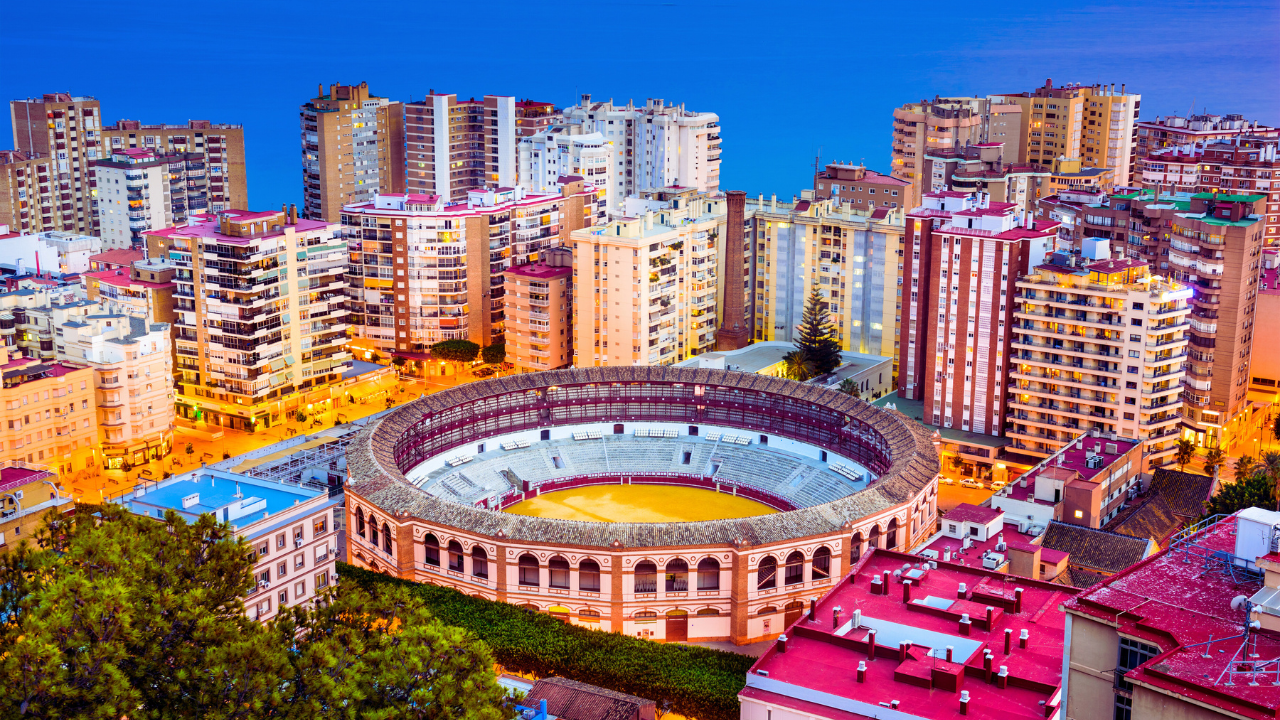First and foremost, the Dominican Republic is one of the most beautiful countries in the world. Amazing beaches, beautiful mountains, waterfalls, great food, and the hearts of the people are genuinely warm and kind. Rich in history and culture, home to the first University and church of the New World. Since Christopher Columbus, the country has been ruled by Spain, France, Haiti, and even the United States. Now known for being one of the top tourist destinations. It’s hard to believe that racism would exist at the level that it does. Unfortunately, since most people visiting are only there to unwind from their day-to-day lives in the states, I think it’s time to shed light on the truth about the Dominican Republic and Latin America.
What Caused Racism In The Dominican Republic
When Spain invaded the Dominican Republic, they immediately committed a mass genocide of the Tainos. Tainos were the natives of the islands, which eventually decreased in population due to wars and diseases brought over by Europeans in the 1500s. At the same time, the country had become the first place to transport slaves from Africa in the Atlantic slave trade. As a result, the government spent centuries trying to find its identity. At one point, even Haiti ruled over the Dominican Republic for 20 years and tried to restrict the people from speaking Spanish and practicing their customs. Eventually, in 1844 the Dominican Republic fought for its independence and won.
I’m sure you’re asking, “why the history lesson?” It’s mainly because we need to understand the trauma the country endured. For hundreds of years, Europeans ruled and enslaved people of color in the Dominican Republic and all of Latin America. If you weren’t fair-skinned, there was a high probability you were killed or enslaved. Then as the country developed its identity the effects of racism became a little less evident over time. However, just like in the United States, opportunities to build wealth were given to those who shared the looks of their colonizers. And although slavery was abolished in the 1800s, that didn’t mean people had stopped suffering due to the color of their skin.
Growing Up Dominican

I was born in Washington Heights, New York City, what some would call “Little Santo Domingo” back in the day. Both my parents were immigrants from the Dominican Republic. However, what was most interesting is that my father was a very European-looking man, and my mother was a very proud chocolate woman. As a child, I didn’t know anything about racism. There were different shades of people around us our whole lives. It wasn’t until I became a teenager and realized that my people did have some slight identity issues living in America. Some of my darker-skinned family members would say they weren’t Black. As if white people in the 90s were taking the time to assess what type of Black people we were. Also, when my parents went through a terrible divorce, I began to learn more about how poorly my father’s family treated my mother because of the color of her skin. My dad didn’t subscribe to racism and prejudices. He had relationships with people from all walks of life and was a decorated social worker for one of the premiere hospitals in Brooklyn.
Watching Latino TV stations growing up, we never got to see ourselves. Honestly, the only time Dominicans were on TV was for professional baseball, or they were performing their latest hit songs. The standard of beauty in Latin America was still based on how European you looked. I watched the women in my family praise the ladies on TV, but I wouldn’t say they weren’t confident. One could say, Dominicans are known for doing their hair so well because they wanted to straighten it enough to match their white counterparts.
Eventually, the older I got, the more I understood the race issue Dominicans have as psychological trauma. There was fear tied to being Black in the Dominican Republic, which carried into the 80s and ’90s, with most Latino immigrants coming to the U.S. The fair-skinned Dominicans that migrated would continue to be with their own or those similar to them, and the mixed or mulattoes would assimilate into communities that were similar to theirs. Even to this day, I have to speak Spanish to prove to my people I’m Latino as if they can’t recognize I could be one of them.
Haitians Deported From The Dominican Republic
As of November, the government of the Dominican Republic had been accused of targeting Black people and incarcerating them as illegals. They were claiming that Haitians were crossing the border illegally and deporting them. From September to November, they deported over 55,000 Haitian immigrants. With the increase of violence from gangs trying to overthrow the government in Haiti, many Haitians have been trying to cross the border in search of a better life.
Even the United States chimed in and told Americans of dark skin to be careful traveling to the Dominican Republic. Stories of Black people being detained at airports and tourist areas until they could prove their status and the country where they originated. There’s also an ultra-nationalist movement targeting Black Dominicans, similar to white-supremacist in America, claiming that “Afro-Dominicans” are descendants of Haitians and don’t belong in the country at all. Back in October, at a peaceful demonstration that explored the truth about Christopher Columbus and what was done to the Tainos and enslaved Africans, the nationalist movement disrupted the event with violence. The most shocking thing to witness in the video of the demonstration is that all the people involved were different shades of brown. You couldn’t tell who was part of which movement.
Is There A Solution?
The Dominican Republic and Latin America have much growing up to do regarding race relations. In the United States, people fought for integration and made great strides in developing a sense of equality. Of course, I wouldn’t go as far as saying everything is cotton candy in America, but many generations fought for us to gain control of our destiny. Unfortunately, power and greed have kept countries like the Dominican Republic from reaching their full potential. A nation without embracing all of its flaws will always fall to corruption. Until the Dominican Republic, vocally and with intention, explores the benefits of teaching its people the beauty of their African roots, we will always see this reoccurring wound.





